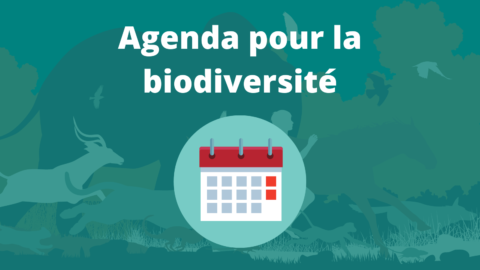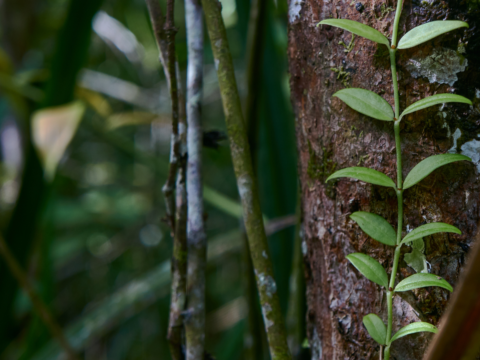This week, the Parties to the Convention on Biological Diversity began the first part of the negotiations on international biodiversity targets for the period between now and 2050, with a milestone for 2030 (Post-2020 Framework, or “Global Biodiversity Framework”). After the disappointment linked to the failure to reach the Aichi targets (targets set in 2010 for global biodiversity in 2020), this post-2020 framework for global biodiversity should be both ambitious and concrete, with quantified commitments and specifying the means to be mobilized to enable states and other organizations to reach these targets. In addition to the signing of the “Kunming Declaration”, which is intended to provide “political impetus” for the 2022 negotiations, this week’s negotiations will help advance discussions on the first draft of the framework, which was published in July 2021 and includes elements presented in January 2021.
Both financial and private players will depend on the outcome of the negotiations, and their activities should be rapidly and concretely influenced by it. The new French regulation for financial actors on the consideration of biodiversity erosion risk in investment strategies (Article 29 of the Energy-Climate Law) requires financial actors to demonstrate the alignment of their portfolios with international targets. Target 19 “Increase financial resources from all sources to at least USD 200 billion per year, including new, additional and efficient financial resources” directly concerns private investments.
On the business side, the ambition of these international commitments may greatly influence the integration of nature into corporate strategies and commitments. Target 15, for example, states that “all businesses assess and report on their dependence and impacts on biodiversity, from local to global levels” and specifies that negative impact should be reduced by at least half by 2030. To meet this target in a meaningful and concrete way, the use of aggregated biodiversity footprint measurement methods over the entire life cycle of products and services is particularly appropriate, both to understand its impacts and to track the concrete benefits of commitments.
This framework is intended to be as concrete as possible in order to encourage private actors to act for the preservation of nature, which is currently in great crisis.
Sources :
Caring Insight is our series of short publications, devoted to helping you further understand today’s important events. Other Caring Insight publications can be found here.




